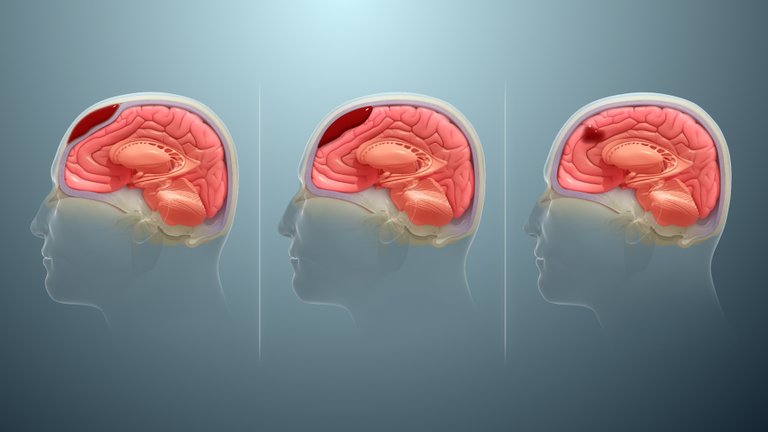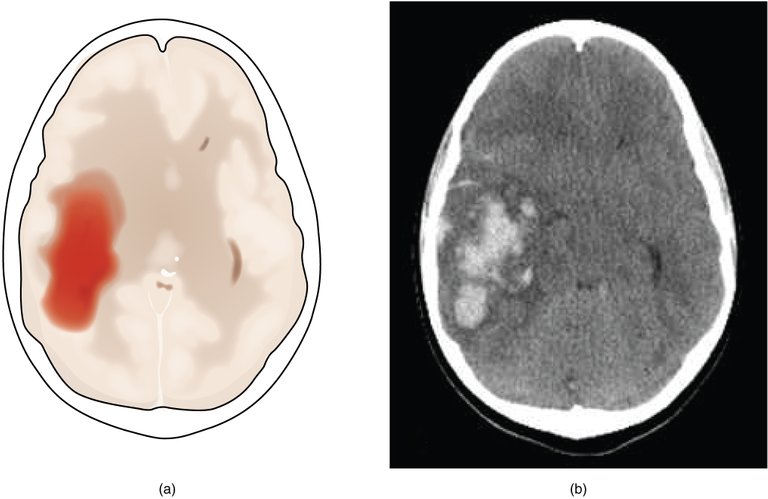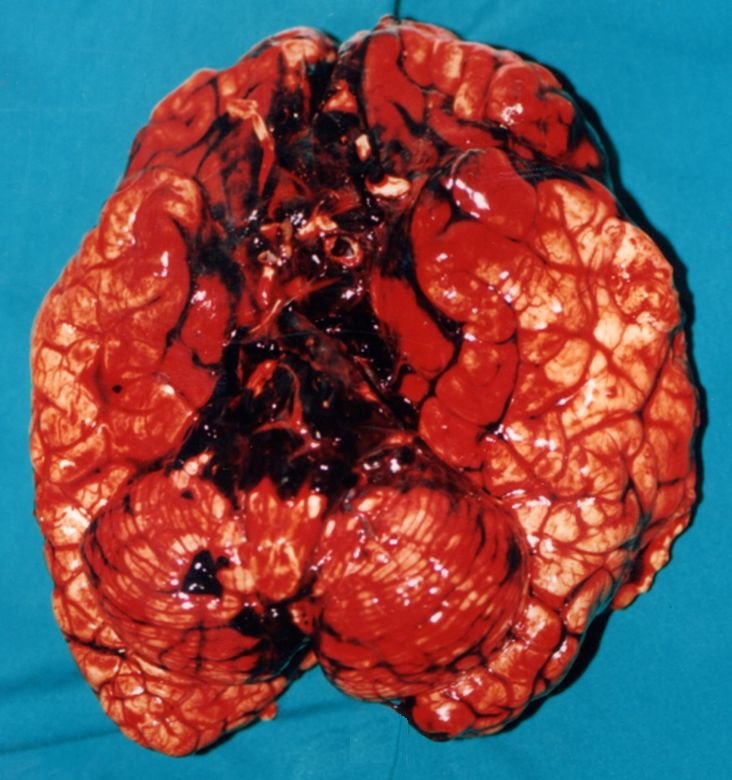From a serious headache to difficulty moving the neck, our patient in today's post just had a ruptured blood vessel in his skull which led to cerebral hemorrhage. Brain Aneurysm, although not common is something that we might have heard that has happened to people.
People who have this rupture in their brain didn't actually ask for it, it is just that any time, a blood vessel can rupture in the brain without giving any prior notice. Although the incidence rate for cranial hemorrhage is very low, ranging at 2% and it is prevalent in people within the age of 30 and 60 years old. But why will blood vessels rupture in the brain in the first place?
Our body needs blood, and to get this blood, they need a network channel. This network channel's job is to bring blood from one place to another, and the blood vessel is that channel in the body. It carry blood under high pressure to organs and tissues in the body. The blood vessels carry blood at a pressure averaging 2.3Psi/Sq inch.These tubes can constrict and dilate in what is known as vasodilation and vasoconstriction, expanding and retracting depending on the body's need for blood.
When there is a vasoconstriction or dilation, it could be so as to be able to increase blood pressure or to decrease blood pressure. With vasodilation, heat is removed from the body as well as the volume of blood is increased. This happens in cases of exercise but with vasoconstriction, blood volume is decreased. The ability of our blood vessels to contract and relax is as a result of the protein composition which makes up the endothelial cells.
The cells are made of elastin and Collagen with elastin being a flexible protein responsible for giving blood its elastic properties while collagen has a high tensile strength and is rigid and so it is a structural protein. Blood vessels are made of more elastin than collagen at a ratio of 1.7 : 1 of elastin to collagen but as we age, the ratio of collagen to elastin increases making the blood vessel less elastic. This usually happen because over time the blood vessels get damaged. Thing like chronic stress, put pressure mechanical strain on the wall of the blood vessel which can lead to damage of the structure and collagen is what the body uses to repair damaged body structure.
Because collagen doesn't stretch, a new problem is created as blood vessels become weaker as they are unable to stretch and relax as expected. This can cause the blood vessels to bulge or balloon known as an aneurysm and this occurs due to the inability of the blood vessels to stretch. This aneurysm becomes weaker until the blood vessel ruptures and this can be a serious problem.
When blood vessels rupture in the heart or liver, they can be fatal but it becomes even dangerous when it ruptures in the brain which is referred to as an intracerebral hemorrhage. When a person has intracerebral hemorrhage, its symptom would be determined by the area of the brain where the damage occurred. Although not common, it is very fatal and its symptoms vary depending on the area where the rupture occurred.
When there is a rupture, the blood leaks into the surrounding tissues of the brain. When there is blood being pumped into the brain, it increases the pressure against the brain which would lead to the bruising and tearing of the brain areas. Remember that I mentioned that depending on the area of the brain where the hemorrhage occur, the symptoms can differ. If the hemorrhage occurs in the Basal Ganglia, then it can lead to one sided paralysis on one side of the body. Hemorrhage and bleeding in the occipital lobe come with symptoms like blur vision or complete loss of vision. When the bleeding happens in the frontal lobe, persons who experience this can have difficulty speaking as well as slurred speech. If the bleeding occurs in the cerebellum, then it can lead to loss of coordination.
Intracerebral hemorrhage is not a death sentence if the person suffering from this can be rushed to the hospital for immediate attention. The longer it takes to get treatment, the higher the chances of the damage not being reversible. To tell you how fatal cerebral hemorrhage is, if it is untreated within minutes, survival rate becomes a 50/50. If you have any type of disturbing sharp headache, you should immediately get yourself to the hospital. But while intracerebral hemorrhage is fatal, one type of hemorrhage that is more deadly is one that happens in the subarachinoid space known as subarachnoid hemorrhage.
Reference
https://www.ncbi.nlm.nih.gov/books/NBK553103/
https://www.aans.org/patients/conditions-treatments/intracerebral-hemorrhage/
https://mayfieldclinic.com/pe-ich.htm
https://www.msdmanuals.com/professional/neurologic-disorders/stroke/intracerebral-hemorrhage
https://www.ncbi.nlm.nih.gov/books/NBK559173/



